The first experimental investigation of the KLL Auger spectrum of Ni generated in the electron capture decay of radioactive Cu-64 in a solid state matrix
Autor
| Inoyatov A.Kh. | SÚJV |
| Perevoshchikov L.L. | SÚJV |
| Kovalík Alojz, Ing. DrSc. | Ústav jaderné fyziky, AV ČR, SÚJV Dubna |
| Filosofov D.V. | SÚJV |
| Gorozhankin V.M. | SÚJV |
| Ryšavý Miloš, RNDr. CSc. | Ústav jaderné fyziky AV ČR |
Rok
2012
Časopis
European Physical Journal D, 66 (9), 234-239
Web
Obsah
The KLL Auger spectrum of Ni generated in the electron capture decay of radioactive Cu-64 in a solid state matrix was measured for the first time using a combined electrostatic electron spectrometer adjusted to a 7 eV instrumental resolution. Energies and relative intensities of the all nine basic spectrum components were determined and compared with data obtained from X-ray induced spectra of metallic Ni and with theoretical results as well. Absolute energy of 6562.5 +/- 1.3 eV (related to the Fermi level) measured for the dominant KL2L3(D-1(2)) spectrum line was found to be higher by 3.5 eV (2.5 sigma) than a value obtained from the X-ray induced spectra which is probably caused by the effects of chemical bonding and physico-chemical environment. Moreover, it is higher by 20.4 eV (16 sigma) than a prediction of the semi-empirical calculations by Larkins which indicates an influence of the "atomic structure effect" on absolute energies of the Auger transitions following the electron capture decay and, possibly, some imperfections in the calculations. Good agreement of the measured and predicted KL1L2(P-3(0)/P-1(1)) transition intensity ratios indicates perceptible influence of the relativistic effects on the KLL Auger spectrum even at Z = 28.
Příklad citace článku:
A. Inoyatov, L. Perevoshchikov, A. Kovalík, D. Filosofov, V. Gorozhankin, M. Ryšavý , "The first experimental investigation of the KLL Auger spectrum of Ni generated in the electron capture decay of radioactive Cu-64 in a solid state matrix", European Physical Journal D, 66 (9), 234-239 (2012)


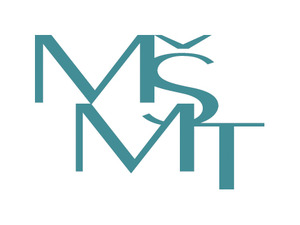 MINISTR ŠKOLSTVÍ KE SPOLUPRÁCI ČR S SÚJV
MINISTR ŠKOLSTVÍ KE SPOLUPRÁCI ČR S SÚJV INTEREST JINR, Wave 6
INTEREST JINR, Wave 6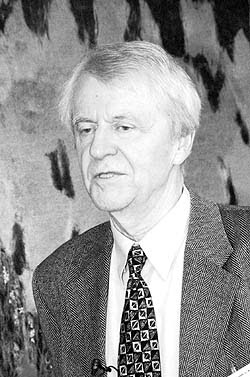 Zemřel profesor Ivo Zvára
Zemřel profesor Ivo Zvára Výzva k podávání žádostí na projekty řešené ve spolupráci s SÚJV (Projekty 3+3)
Výzva k podávání žádostí na projekty řešené ve spolupráci s SÚJV (Projekty 3+3)  Výzva k podávání žádostí na Granty zplnomocněného představitele vlády ČR v SÚJV
Výzva k podávání žádostí na Granty zplnomocněného představitele vlády ČR v SÚJV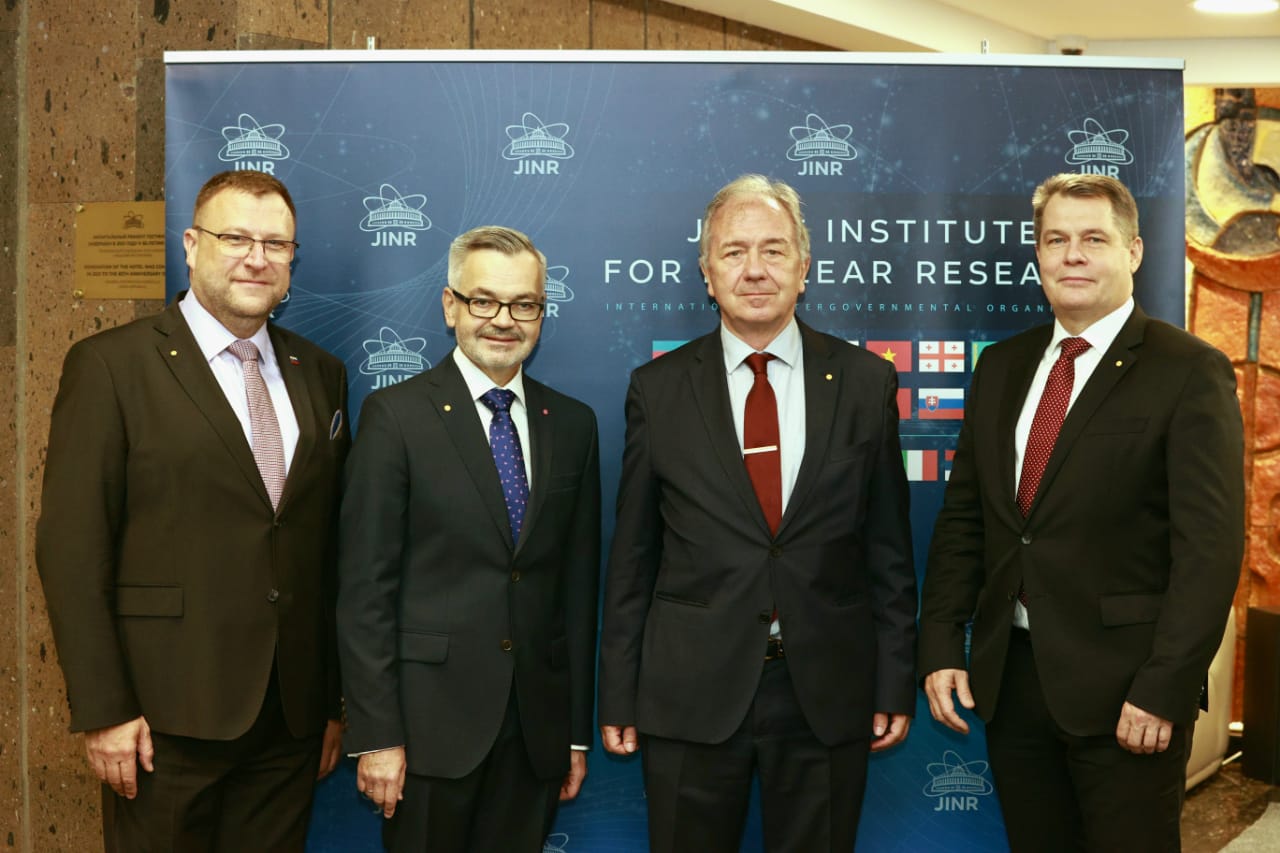 Velvyslanec ČR v RF navštívil SÚJV
Velvyslanec ČR v RF navštívil SÚJV INTEREST JINR, Wave 5
INTEREST JINR, Wave 5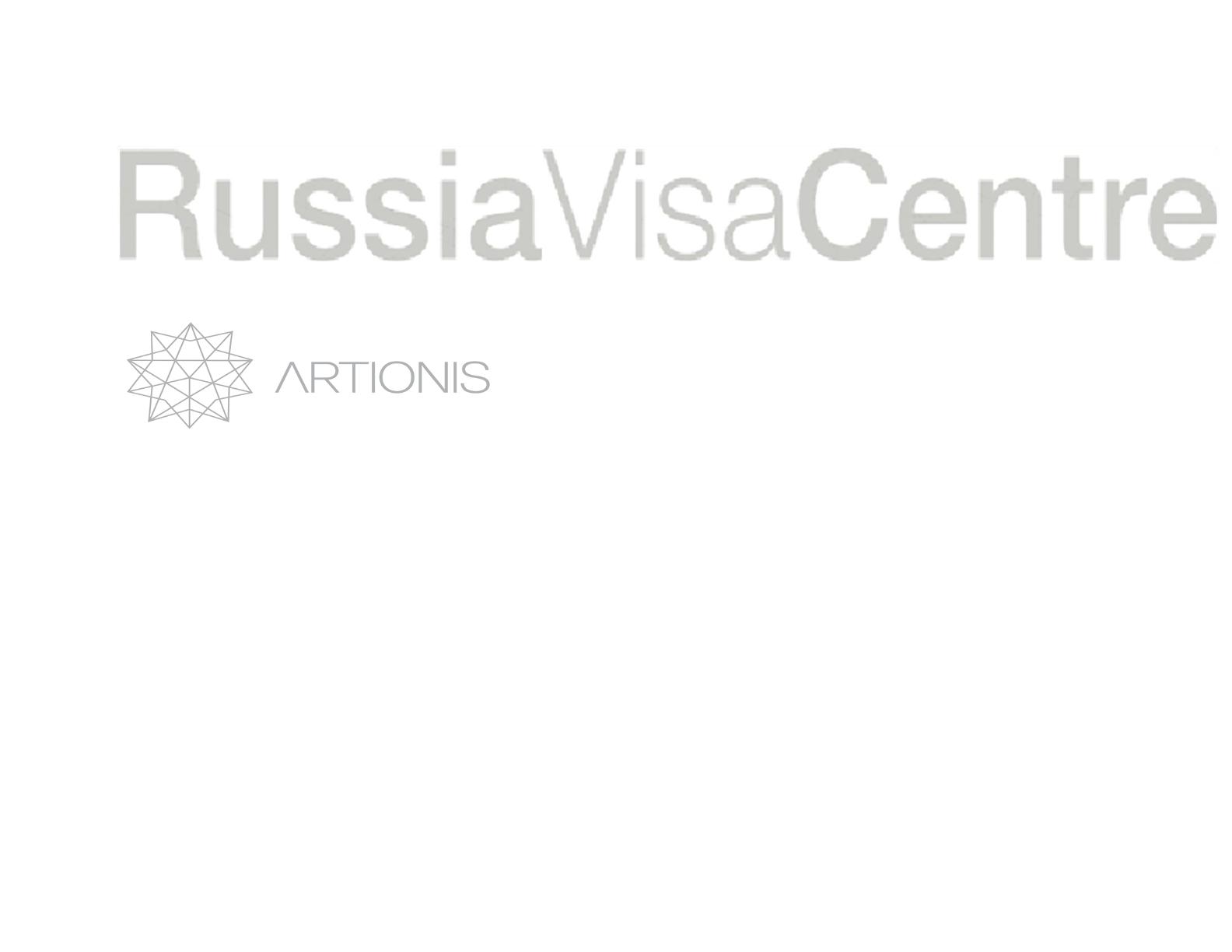 Ruské vízové centrum
Ruské vízové centrum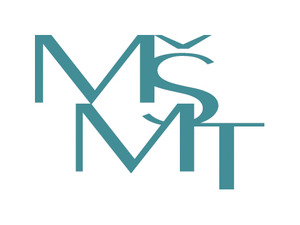 Pracovní pobyty ČR - SÚJV 2022
Pracovní pobyty ČR - SÚJV 2022